Ethyl benzoylacetate
Synonym(s):Benzoylacetic acid ethyl ester;Benzoylacetic acid ethyl ester, 3-Oxo-3-phenylpropionic acid ethyl ester;Ethyl 3-oxo-3-phenylpropionate;Ethyl benzoylacetate
- CAS NO.:94-02-0
- Empirical Formula: C11H12O3
- Molecular Weight: 192.21
- MDL number: MFCD00009196
- EINECS: 202-295-3
- SAFETY DATA SHEET (SDS)
- Update Date: 2025-12-17 09:49:33

What is Ethyl benzoylacetate?
Chemical properties
Brownish liquid
Chemical properties
Ethyl benzoylacetate has a brandy-like odor and sweet, woody, cherry, phenolic-like flavor.
The Uses of Ethyl benzoylacetate
Ethyl benzoylacetate (Best) is used as intermediate for different organic synthesis. Product Data Sheet
The Uses of Ethyl benzoylacetate
Ethyl benzoylacetate (Best) is used as an intermediate for different organic synthesis Product Data Sheet
The Uses of Ethyl benzoylacetate
Ethyl benzoylacetate (Benzoylacetic acid ethyl ester) was used to prepare ethyl 2-fluoro-2-benzolyacetate. It was also used to synthesize iodonium ylides.
Preparation
By condensation of ethyl benzoate with ethyl acetate (via Claisen condensation) using sodium ethoxide; another method also known.
Definition
ChEBI: Ethyl 3-oxo-3-phenylpropanoate is an aromatic ketone.
Taste threshold values
Taste characteristics at 10 ppm: sweet, cherry, fruity, berry-like with woody, jamy notes.
Synthesis Reference(s)
Journal of Medicinal Chemistry, 28, p. 1864, 1985 DOI: 10.1021/jm00150a018
Journal of Heterocyclic Chemistry, 32, p. 723, 1995 DOI: 10.1002/jhet.5570320303
The Journal of Organic Chemistry, 38, p. 2731, 1973 DOI: 10.1021/jo00955a040
General Description
Ethyl benzoylacetate is an ester. It undergoes microbial reduction by bakers′ yeast (Saccharomyces cerevisiae), Beauveria sulfurescens or Geotrichum candidum to afford ethyl (S)-3-hydroxy-3-phenylpropionate. It undergoes Claisen condensation reaction with malononitrile to afford 2-cyano-5-phenyl-3,5-dioxopentanonitrile which on cyclization followed by coupling with diazonium salts yields azo derivatives.
Properties of Ethyl benzoylacetate
| Melting point: | <0 °C |
| Boiling point: | 265-270 °C (lit.) |
| Density | 1.11 g/mL at 25 °C (lit.) |
| vapor density | 6.6 (vs air) |
| vapor pressure | 1 hPa (108 °C) |
| FEMA | 2423 | ETHYL BENZOYLACETATE |
| refractive index | n |
| Flash point: | 147 °F |
| storage temp. | Store below +30°C. |
| solubility | alcohol: miscible |
| form | Powder |
| pka | 9.85±0.23(Predicted) |
| color | Brown |
| Odor | at 100.00 %. fruity cherry naphthyl hawthorn cumin phenolic almond spicy woody maraschino cherry |
| Water Solubility | INSOLUBLE |
| Sensitive | Light Sensitive |
| Merck | 14,3767 |
| JECFA Number | 834 |
| BRN | 389944 |
| Dielectric constant | 12.8(20℃) |
| CAS DataBase Reference | 94-02-0(CAS DataBase Reference) |
| NIST Chemistry Reference | Ethyl benzoylacetate(94-02-0) |
| EPA Substance Registry System | Benzenepropanoic acid, .beta.-oxo-, ethyl ester (94-02-0) |
Safety information for Ethyl benzoylacetate
| Signal word | Warning |
| Pictogram(s) |
 Exclamation Mark Irritant GHS07 |
| GHS Hazard Statements |
H302:Acute toxicity,oral H315:Skin corrosion/irritation H319:Serious eye damage/eye irritation H332:Acute toxicity,inhalation H335:Specific target organ toxicity, single exposure;Respiratory tract irritation |
| Precautionary Statement Codes |
P261:Avoid breathing dust/fume/gas/mist/vapours/spray. P280:Wear protective gloves/protective clothing/eye protection/face protection. P305+P351+P338:IF IN EYES: Rinse cautiously with water for several minutes. Remove contact lenses, if present and easy to do. Continuerinsing. |
Computed Descriptors for Ethyl benzoylacetate
| InChIKey | GKKZMYDNDDMXSE-UHFFFAOYSA-N |
New Products
4,4-Difluoropiperidine hydrochloride tert-butyl 9-methoxy-3-azaspiro[5.5]undecane-3-carboxylate Indole Methyl Resin N-Isopropylurea N,N-Dicyclohexylcarbodiimide(DCC) MELDRUMS ACID 5-METHYLISOXAZOLE-4-CARBOXYLIC ACID Magnessium Bis glycinate Zinc ascorbate 1-bromo-2-butyne 2-acetamidophenol 9(10H)-anthracenone Erythrosin B, 4-Piperidinopiperidine 2-((4-morpholinophenylamino) (methylthio) methylene) malononitrile 2,4-dihydroxybenzaldehyde 3-(4-morpholinophenylamino)-5-amino-1H-pyrazole-4-carbonitrile Methyl 2-methylquinoline-6-carboxylate 2,6-dichloro-4-nitropyridine 4-Bromo-2-chlorobenzonitrile 2-(benzylamino)acetic acid hydrochloride 4-(tert-Butoxycarbonylamino)but- 2-ynoic acid 3,4-dihydro-2H-benzo[b][1,4]dioxepine 1-Phenyl-1-cycloprppanecarboxylicacidRelated products of tetrahydrofuran
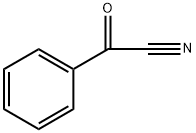
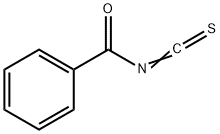



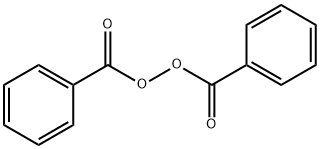
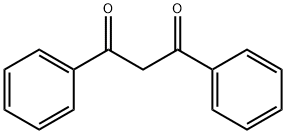
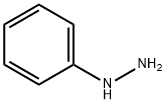
You may like
-
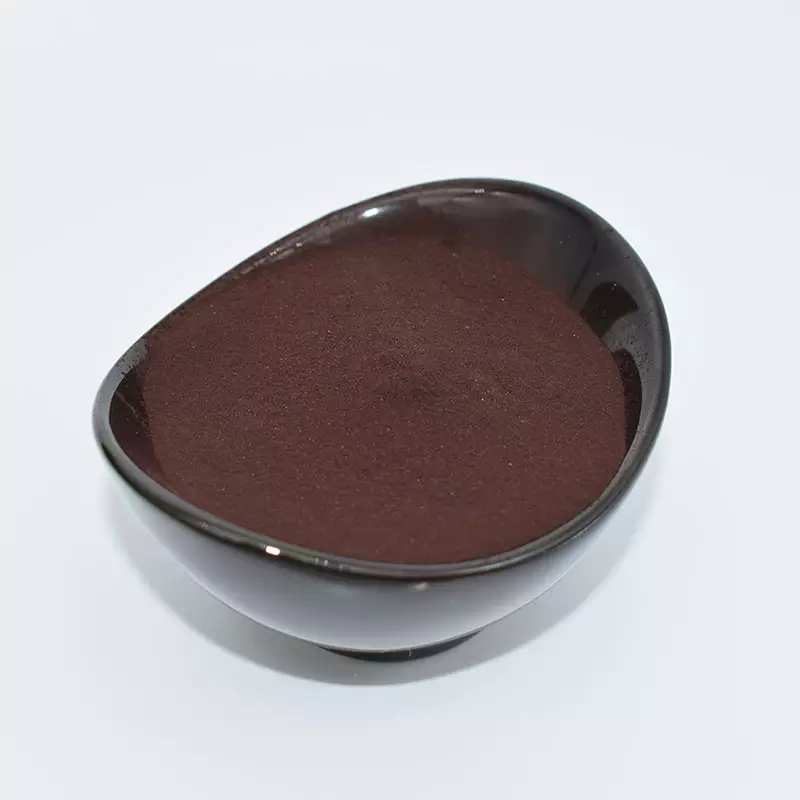 94-02-0 Ethyl benzoylacetate 98%View Details
94-02-0 Ethyl benzoylacetate 98%View Details
94-02-0 -
 Ethyl benzoylacetate CAS 94-02-0View Details
Ethyl benzoylacetate CAS 94-02-0View Details
94-02-0 -
 Ethyl Benzoylacetate CAS 94-02-0View Details
Ethyl Benzoylacetate CAS 94-02-0View Details
94-02-0 -
 Ethyl benzoyl acetate CAS 94-02-0View Details
Ethyl benzoyl acetate CAS 94-02-0View Details
94-02-0 -
 Ethyl benzoylacetate 95% CAS 94-02-0View Details
Ethyl benzoylacetate 95% CAS 94-02-0View Details
94-02-0 -
 ETHYL BENZOYL ACETATE For Syntthesis CAS 94-02-0View Details
ETHYL BENZOYL ACETATE For Syntthesis CAS 94-02-0View Details
94-02-0 -
 Ethyl benzoylacetate CAS 94-02-0View Details
Ethyl benzoylacetate CAS 94-02-0View Details
94-02-0 -
 Ethyl benzoylacetate CAS 94-02-0View Details
Ethyl benzoylacetate CAS 94-02-0View Details
94-02-0
